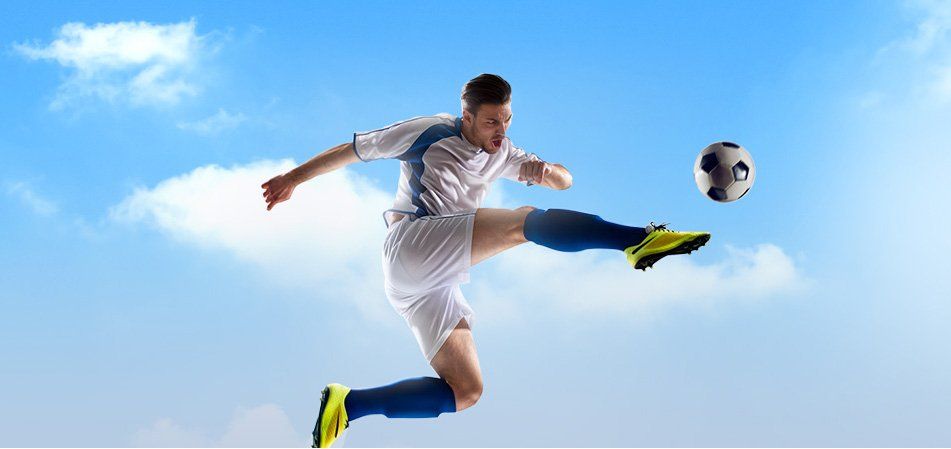Shoulder Dislocation

Playing more overhead sports activities and repeated use of the shoulder at your workplace may lead to sliding of the upper arm bone (the ball portion) from the glenoid (the socket portion) of the shoulder. The dislocation may be a partial dislocation (subluxation) or a complete dislocation, causing pain and shoulder joint instability. The shoulder joint often dislocates in the forward direction (anterior instability), but may also dislocate in the backward or downward direction.
The most common symptoms of shoulder dislocation are pain and shoulder joint instability. Other symptoms such as swelling, numbness and bruising may also occur. At times, it may cause a tear in the ligaments or tendons of the shoulder as well as nerve damage. Your doctor will examine your shoulder and may order an X-ray to confirm the diagnosis.
The condition is treated by a process called closed reduction, which involves placing the ball of the upper arm back into the socket. Following this, the shoulder will be immobilised using a sling for several weeks. Ice may be applied over the area 3-4 times a day. Rehabilitation exercises may be started to restore range-of-motion, once the pain and swelling decrease.













